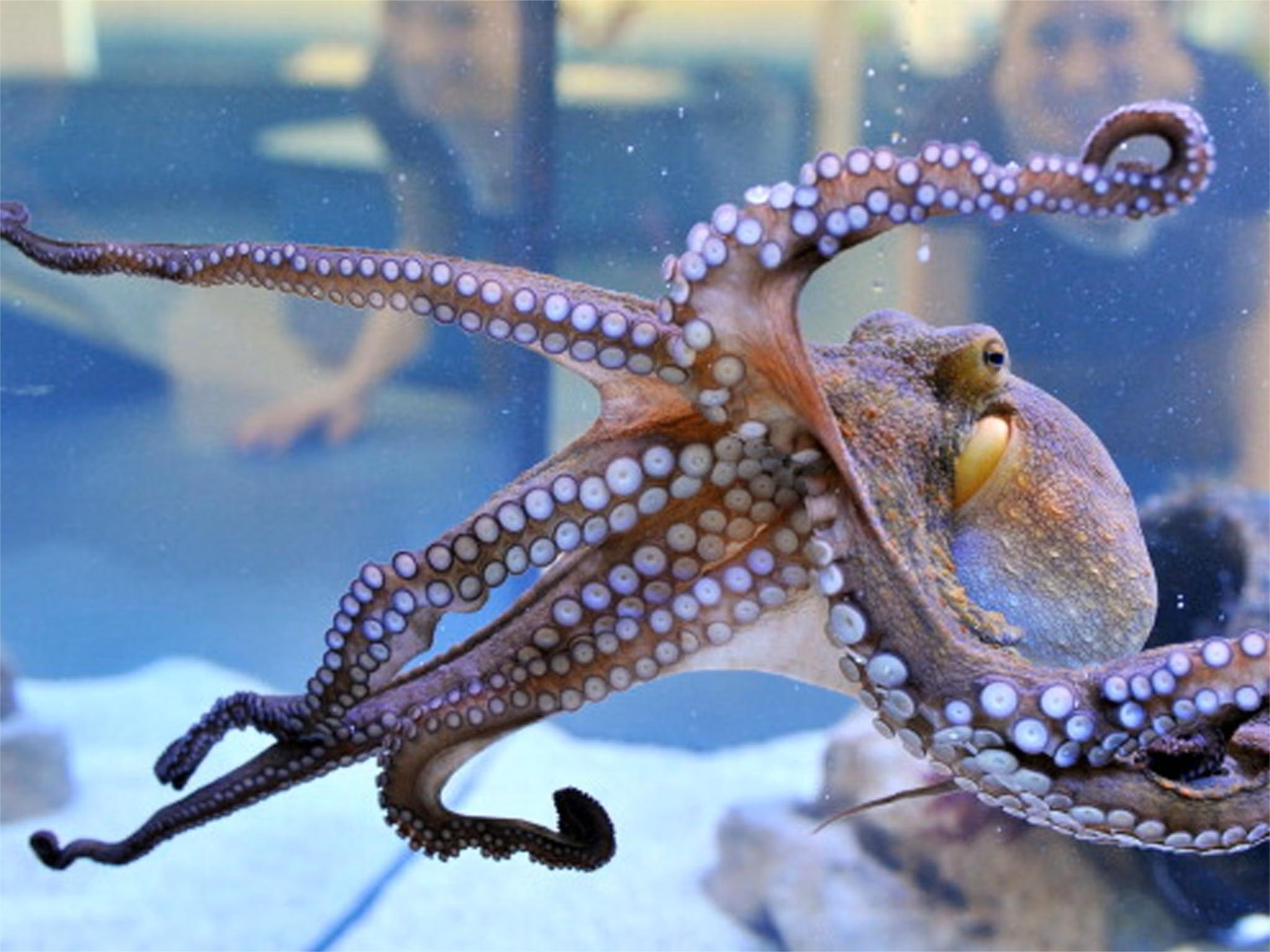
Did you know that octopuses have three hearts and blue blood? These incredible creatures are full of surprises. From their ability to change color and texture to blend into their surroundings to their remarkable intelligence, octopuses are truly fascinating. They can squeeze through tiny spaces, thanks to their soft, boneless bodies. Each of their eight arms has its own mini-brain, allowing for complex movements and problem-solving skills. Some species even use tools, like coconut shells, for protection. Whether you're curious about their unique biology or their mysterious behaviors, there's always something new to learn about these underwater wonders. Dive into these 26 amazing facts about octopuses and prepare to be amazed!
26 Facts About Octopuses
Octopuses are some of the most fascinating creatures in the ocean. With their unique abilities and mysterious behaviors, they captivate scientists and ocean enthusiasts alike. Here are some incredible facts about these eight-armed wonders.
Anatomy and Physiology
Octopuses have some of the most unique bodies in the animal kingdom. Their anatomy is specially adapted for their underwater lifestyle.
- Three Hearts: Octopuses have three hearts. Two pump blood to the gills, while the third pumps it to the rest of the body.
- Blue Blood: Their blood is blue due to a copper-based molecule called hemocyanin, which is more efficient than hemoglobin in cold, low-oxygen environments.
- No Bones: Octopuses lack bones, allowing them to squeeze through incredibly tight spaces.
- Eight Arms: Each arm has its own mini-brain, allowing for complex movements and multitasking.
- Regeneration: If an octopus loses an arm, it can regenerate it completely.
Intelligence and Behavior
Octopuses are known for their intelligence and complex behaviors. They can solve puzzles, use tools, and even escape from enclosures.
- Problem Solvers: Octopuses can solve puzzles and navigate mazes, showing a high level of problem-solving ability.
- Tool Use: Some species use coconut shells and other objects as tools for protection and hunting.
- Escape Artists: Known for their escape skills, octopuses can slip out of tanks and even open jars from the inside.
- Mimicry: The mimic octopus can imitate the appearance and movements of other sea creatures to avoid predators.
- Short Lifespan: Most octopuses live only 1-2 years, with some species living up to 5 years.
Camouflage and Defense
Octopuses have evolved various ways to protect themselves from predators. Their ability to blend into their surroundings is unmatched.
- Color Change: Octopuses can change color and texture to blend into their surroundings, thanks to specialized cells called chromatophores.
- Ink Defense: When threatened, they can release a cloud of ink to confuse predators and make a quick escape.
- Venom: All octopuses have venom, but only the blue-ringed octopus is deadly to humans.
- Jet Propulsion: They can shoot water through their siphon to propel themselves quickly away from danger.
- Autotomy: Some species can detach an arm to distract predators while they escape.
Reproduction and Lifecycles
The reproductive strategies and lifecycles of octopuses are as unique as the creatures themselves.
- Single Mating: Female octopuses usually mate only once in their lifetime.
- Egg Care: Females lay thousands of eggs and guard them diligently until they hatch, often not eating during this period.
- Self-Sacrifice: After the eggs hatch, the female usually dies, having exhausted all her energy in caring for them.
- Hatchlings: Baby octopuses, called paralarvae, drift in the plankton before settling down to the ocean floor.
- Rapid Growth: Octopuses grow quickly, reaching maturity in just a few months.
Habitat and Distribution
Octopuses are found in oceans all over the world, from shallow reefs to deep-sea environments.
- Global Presence: They inhabit every ocean, from the warm waters of the tropics to the icy depths of the polar regions.
- Diverse Habitats: Octopuses can be found in coral reefs, pelagic waters, and even the deep sea.
- Solitary Creatures: Most octopuses are solitary, coming together only to mate.
- Den Dwellers: They often create dens in crevices or burrow into the sand for protection.
- Nocturnal Hunters: Many species are nocturnal, hunting at night and hiding during the day.
Cultural Impact
Octopuses have fascinated humans for centuries, appearing in myths, literature, and popular culture.
- Mythical Creatures: In many cultures, octopuses are featured in myths and legends, often depicted as sea monsters or symbols of mystery and intelligence.
The Final Ink Drop
Octopuses are truly fascinating creatures. From their three hearts to their blue blood, these sea dwellers are full of surprises. Their ability to camouflage and squeeze through tiny spaces makes them masters of disguise. They even have nine brains—one central brain and a mini-brain in each arm.
Their intelligence is off the charts, capable of solving puzzles and using tools. They can regenerate limbs and have a unique way of moving, thanks to their jet propulsion. Not to mention, they can taste with their arms and have a beak like a bird.
These facts barely scratch the surface of what makes octopuses so incredible. Next time you see one, you'll know just how special they are. Dive into the world of octopuses and you'll find there's always something new to learn.
Was this page helpful?
Our commitment to delivering trustworthy and engaging content is at the heart of what we do. Each fact on our site is contributed by real users like you, bringing a wealth of diverse insights and information. To ensure the highest standards of accuracy and reliability, our dedicated editors meticulously review each submission. This process guarantees that the facts we share are not only fascinating but also credible. Trust in our commitment to quality and authenticity as you explore and learn with us.
